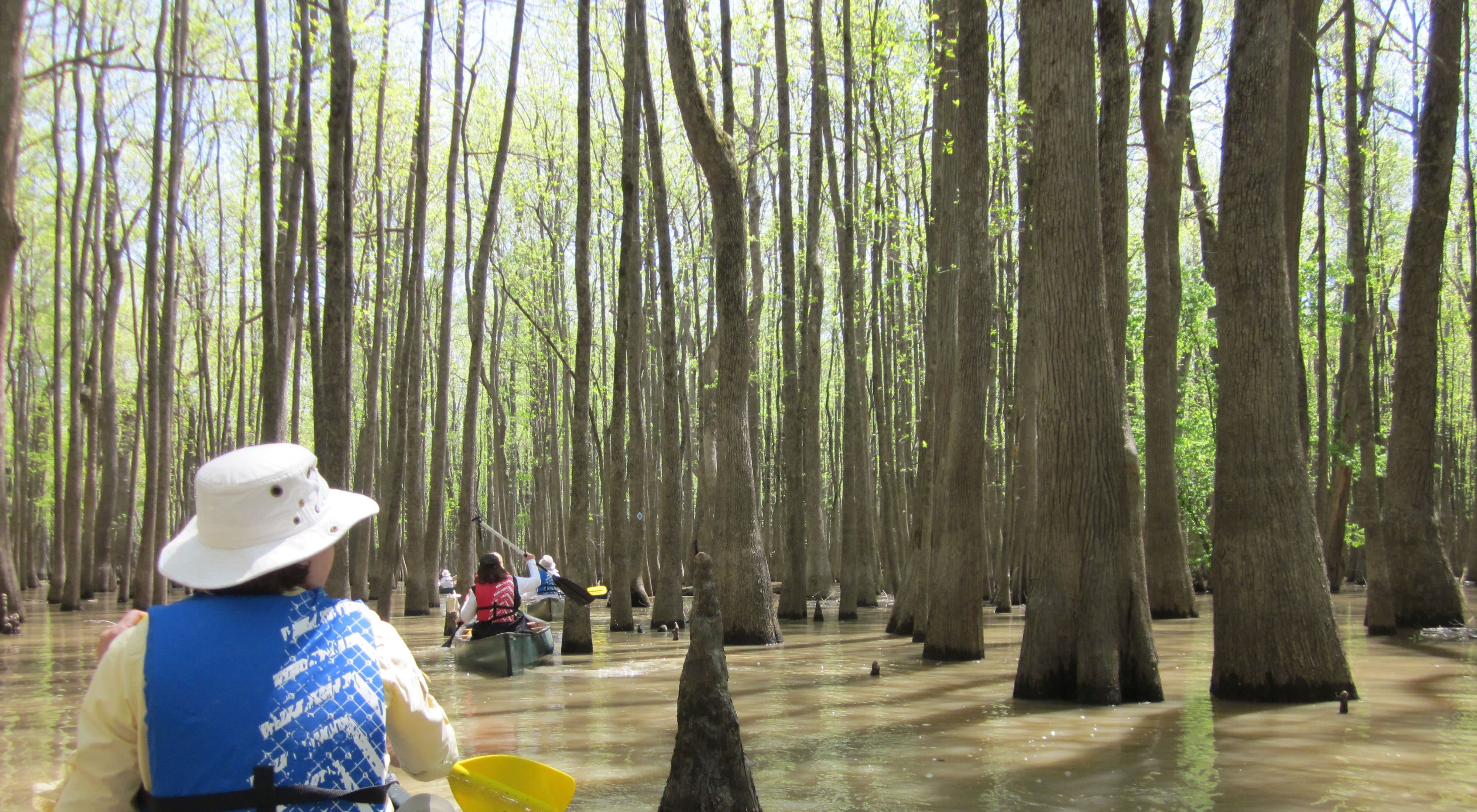The Big Woods plant and animal communities are among the most biologically diverse in the world.
Ecological Significance
The Mississippi Delta was once an unbroken landscape of bottomland forests, swamps, bayous and rivers teeming with life. Delta forests blanketed 24 million acres—the largest expanse of forested wetlands in North America. In the last two centuries, the river valley’s fertile soils have been transformed into fields of cotton, rice and soybeans, and its rivers harnessed for flood control, irrigation and navigation. Today, fewer than 5 million forested acres remain, mostly in small, degraded patches. But there is a place that exists much as it did centuries ago. Lining the Cache, Arkansas and White rivers and Bayou DeView in eastern Arkansas, the Big Woods, at 550,000 acres, is the largest corridor of bottomland hardwood forest remaining in the Delta outside of Louisiana’s Atchafalaya River.
The plant and animal communities in the Big Woods are among the most biologically diverse and productive in the world. The area is made up of more than 70 distinct natural plant communities, and its rivers are home to 80 percent of the fish species in the Delta. Here, you can find towering cypress trees that have been growing since long before Columbus landed in the New World. Black bears still roam free, and because forests have declined so severely elsewhere, a block of this size is critically important to the area’s 265 bird species, including resident and migratory songbirds, raptors and waterfowl.
The Big Woods is not an untouched nature reserve; it is a working forest and river system that has tremendous ecological, economic and cultural value. The challenge lies in finding the balance between human and ecosystem needs so that both can be sustained over the long term.
Threats
Stresses to the Big Woods ecosystem mirror those of the Mississippi Delta region as a whole. Forest fragmentation threatens animal species that depend on large, undisturbed forest blocks to survive. Rivers have been leveed, dredged, straightened, drained and diverted, disrupting their natural flooding cycles and destabilizing their channels. Water quality suffers from sediment, nutrient and biocide runoff from unsustainable agriculture practices. The results of these changes are dramatic and will prove catastrophic to Delta communities and the Big Woods ecosystem alike without widespread changes in forest and water management.
